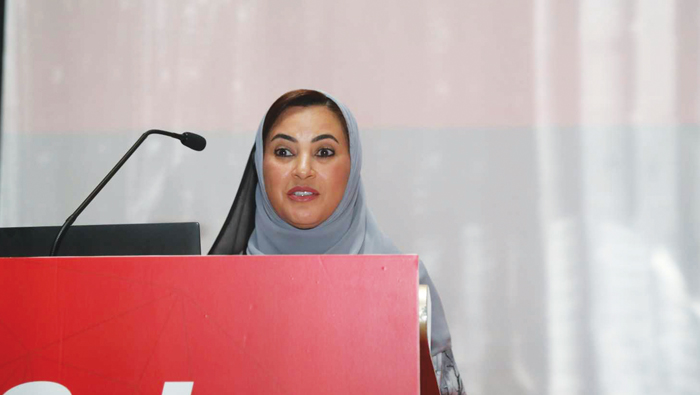
Muscat: Plans to develop the interior areas of the Sultanate as part of the country’s long-term tourism strategy are now underway, according to a senior official from the Ministry of Tourism.
Speaking at a conference which involved many of the GCC’s top tour operators, agencies and airlines, Maitha Al Mahrouqi, the Undersecretary of the Ministry of Tourism, said that developing these areas was part of the government’s tourism plan under the Future Vision 2040, which involves economic diversification and less reliance on fossil fuels to guard the nation’s economy.
Under this plan, the governorates of Muscat, Musandam, Dakhiliyah and South Sharqiyah will first be targeted, according to the annual report of Oman’s Implementation, Support and Follow-up Unit (ISFU).
“We are focusing on developing employment for the future generation, as well as developing other parts of Oman, not just Muscat,” Al Mahrouqi told Times of Oman. “A key component of this strategy is cluster planning. The strategy will use five planning concepts, namely tourism sites, planning attractions, planning resorts, national interest planning and itinerary planning. One of the most important objectives that the Oman tourism strategy seeks to achieve is increasing our contribution of our sector into the GDP, in collaboration with sustainable development practices currently taking place in other economic sectors.
“The Ministry of Tourism has realised the key role tourism plays in enhancing the standard of living of our population, and this what we are aiming for,” she added. “Another objective of the tourism sector is to capitalise on the capability of the tourism sector in job creation, and provide employment opportunities, in addition to sustainably support the development of small businesses in this new strategy.”
As part of this plan, Musandam has been earmarked as a coastal wilderness destination and Dakhiliyah as a heritage, nature and adventure destination, due to the presence of the governorate’s key UNESCO listed forts, castles, falaj systems and traditional villages.
Muscat will be Oman’s high-end cultural heritage destination. The aim is to build Muscat as the country’s national gateway for arts, heritage, culture and older legendary architecture.
Sharqiyah South has been looked at as a destination for fortresses, mountain villages and canyons. The area is also famous for its wadis, oasis life, golden sands, dhow building and turtle nesting in the Gulf.
In particular, development has been targeted towards Jabal Akhdar and Jabal Shams in the Dakhiliyah Governorate, and Sur and Masirah in South Sharqiyah.
The event will be closely followed-up by the ministry, and will follow a similar path of development to that which was involved in creating the Dhofar Governorate as a tourism zone.
Key stakeholders in this project involve, in addition to the Ministry of Tourism, the Ministry of Housing, Ministry of Environment and Climate Affairs, Ministry of Regional Municipalities and Water Resources and the Ministry of Transport and Communications, as well as Muscat Municipality.
Raymond Vrijenhoek, vice president of Sabre Travel Network Middle East, said tourists now look forward to more variety when visiting a destination.
“We must understand that the world is changing, that customer behaviour is changing, and we need to support the demands coming from customers,” he said. “Speed of change and the acceleration to move forward is key to success in this sector. Customers are now more demanding, and if they search for tourist destinations on the internet, they are looking for a very fast response time.
“Companies now need to be on par with the big and global players, when it comes to embracing tourism and technology,” added Vrijenhoek. “Today, travel and tourism companies need to establish very close ties with the airline community, so they can support each other’s ambitions. What the market is asking for is that your location must have a proper travel network and airline solutions. The solutions, therefore, for the travel market should fall under one umbrella, so that it can cater both to better airline expertise and tourism agents, so they can provide a better customer experience.”